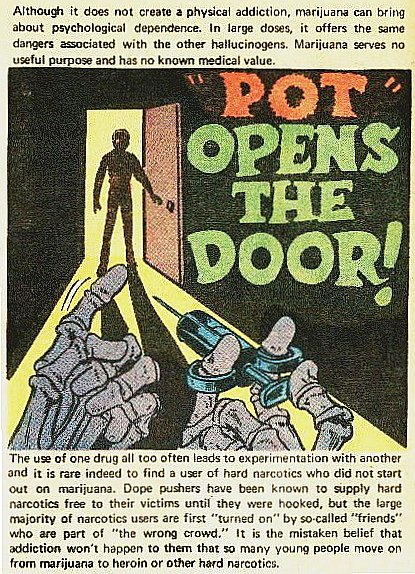For decades, drug authorities have described marijuana as a gateway drug that can lead to abuse of more serious drugs. Although the theory has often been ridiculed, a new study conducted by researchers at Yale School of Medicine is lending credence to marijuana’s role in prescription drug abuse.
The study, which has been published online in the Journal of Adolescent Health, found that teenagers who drink alcohol or smoke cigarettes or marijuana are two to three times more likely to abuse prescription drugs as young adults, with the most-abused drugs being opioid painkillers like OxyContin, Vicodin and Percocet.
According to Dr. Lynn Fiellin, Yale associate professor and lead author of the study, previous studies have focused on the link between marijuana and illicit drugs like cocaine and heroin. This is one of the first studies to examine the connection between marijuana and prescription drugs.
Dr. Fiellin and her team of researchers used data collected from young adults for the National Survey on Drug Use and Health from the years 2006 through 2008. Out of more than 55,000 young men and women aged 18 to 25, about 12 percent admitted to abusing prescription opioid drugs. In this group, 34 percent used marijuana, 56 percent smoked cigarettes and 57 percent used alcohol.
The study found that gender can affect the risk of opioid abuse. Among young men, abuse of all three substances as teenagers was associated with an increased risk of opioid abuse. For young women, only marijuana use in adolescence was connected to later opioid abuse.
About 3.5 million young adults currently are abusing prescription opioids. The National Institute on Drug Abuse reports that for high school seniors, over-the-counter and prescription drugs are the most com

monly abused substances followed by alcohol, marijuana and tobacco. Factors fueling the prescription drug abuse epidemic include a sharp increase since the 1990s in the production and distribution of pharmaceutical drugs and more widespread drug marketing to physicians and patients. Most teenagers who abuse prescription drugs obtain them from family medicine cabinets and friends.
In an interview with Yale News, Dr. Fiellin stated that the new findings could lead to more targeted prevention efforts for prescription painkiller abuse. Curbing all types of early substance abuse among teenagers could help stem the rising tide of prescription drug abuse.
